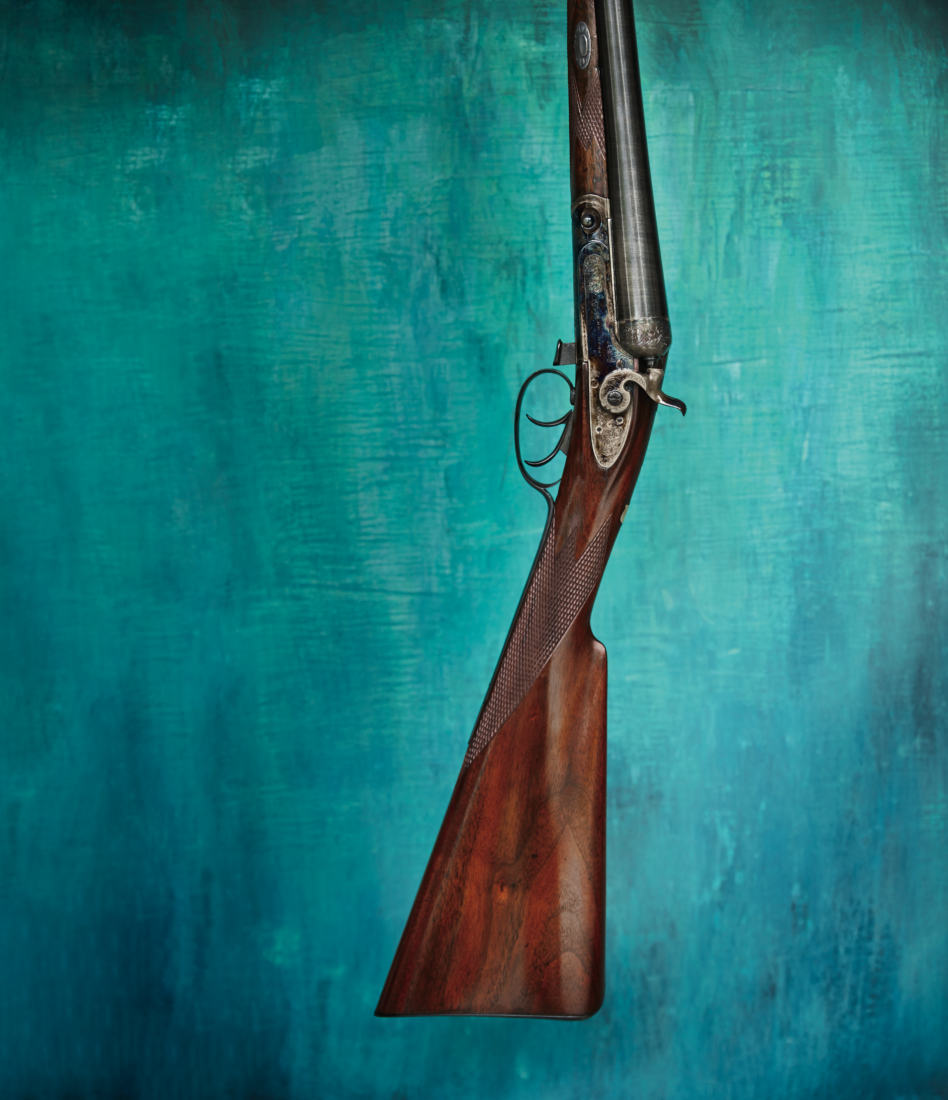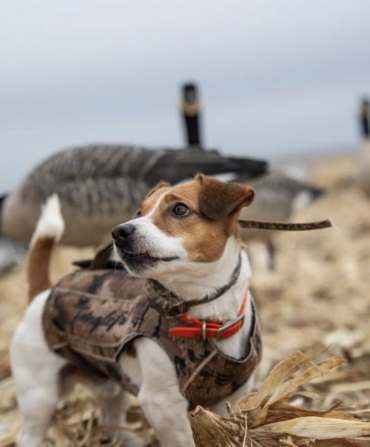Sometimes it feels like an audition, Bill Graham says.
Someone inherits a vintage over-and-under shotgun, or is given an heirloom side-by-side from one of the lauded houses of sporting firearms—Parker or A.H. Fox or Thom. Bland & Sons—and they turn to Graham for his growing reputation doing the very thing they think they want done but aren’t quite sure how to start. “What they really want to know is: Can I shoot the gun?” Graham explains. “But most customers start off talking about the story of their family member who owned the gun. They want to make sure that I will honor the memory just as much as they do. They’re sizing me up, and I appreciate that.”
For Graham, who’s based in Durham, North Carolina, respecting both the firearm and its legacy is at the heart of his business. He operates Nice Old Double Gunworks, specializing in the repair, rejuvenation, and restoration of classic side-by-side shotguns, particularly American and English firearms made from the late 1800s to the mid-twentieth century. And while some of his customers are serious collectors who want him to restore old firearms to their off-the-shelf luster, he’s particularly energized by folks seeking to bring an old gun back to a safe shooting condition while celebrating the years that have already slipped by. “If the work is rooted in the memory of a loved one,” he says, “and all the scratches and dings carry meaning, then people should know that is perfectly okay.”
To evaluate an old gun’s soundness for the modern range or field, Graham starts with the gun’s barrels. “You buy an old gun for the barrel, not the wood,” he explains, and the condition of the barrels on an heirloom firearm can dictate whether the gun is a shooter or a wall hanger. Most rust and pitting in a barrel won’t preclude a gun from finding its way back into the woods. “But if it looks like a gravel road in there,” he says, “that could be a different matter.” Some barrels may require relaying vent ribs that have loosened, or re-bluing of worn or rusted finishes. Many hunters and shooters ask about lengthening the chambers on older shotguns, since modern shotgun shells are often slightly longer than the chambers of many vintage firearms. Gunsmiths can lengthen either the chambers or forcing cones to fire longer shells, but as long as the bores don’t demand too much heavy lifting, bringing old barrels up to speed is usually straightforward.
For customers with Damascus steel barrels, Graham doesn’t think they automatically disqualify an old shotgun from seeing new action. He’ll measure the barrel walls to ensure they’re thick enough to tolerate shooting pressures from modern shot shells, and steer customers to brands that are engineered for older guns. “They have lower pressures and slower speeds,” he says. “I shoot them all day long. You don’t necessarily have to run screaming from a Damascus barrel.”
Next, Graham assesses the shotgun’s action. Many old guns need to be brought “back on face,” which means tightening the juncture between the breech and the chamber. That’s typically another straightforward fix. And worn and weathered actions can be re-color-cased.
After a forensic study of metal shotgun parts, Graham starts to explore the gun’s wooden parts, such as the forestock and butt. Often, he says, old guns get stored with the barrels pointing up. “Do that for too long,” he explains, “and the stock head absorbs a lot of oil.” That can weaken and discolor even the finest grades of wood. To turn back time, Graham will leach the old oils from the stock, and fix any serious insults to the wood. And sooner or later, the conversation will turn to checkering. “There’s often a lot of discussion about the checkering,” Graham says. “Usually, my position is that a one-hundred-year-old shotgun should never look brand-new again, but not everyone feels that way.” Many customers settle on a 75 percent restoration of the checkering. “That way, the gun still looks used,” he says, “but taken care of.”
Graham’s bottom line is that he wants to understand the customer, and match his skills to their vision for the gun. “Working on these old firearms is really a partnership,” he says. “I love the fact that I get to honor the original makers of these guns, because their skills were extraordinary. But it’s also very rewarding to participate in writing the future story of a gun that had been lost or ignored.”







